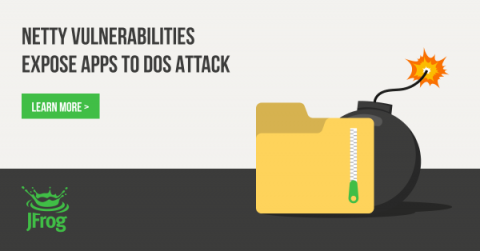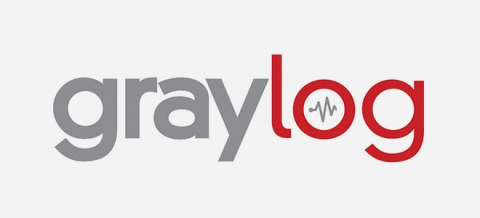Security | Threat Detection | Cyberattacks | DevSecOps | Compliance
Latest News
How Cyber Threat Intelligence Can Help to Protect Against Cloud Security Threats
The coronavirus pandemic has accelerated the massive increase in using cloud computing services. As the world progresses through its online evolution, cloud computing services have become more of a necessity. However, along with businesses, cybercriminals have also seen this virtualization as a means of snagging more prey. The rapid increase in cloud computing services has made organizations face novel security challenges.
Hidden Value In Creating Cybersecurity Audit Programs
One of my first tasks after leaving NSA for private industry in the early 90s was to write my new company’s information security policy. I’m not sure my previous job as a cryptanalyst left me qualified for this, but I was viewed as the security guy. So, I attacked the task with vim and vigor. That first information security policy I wrote was a thing of beauty. I scoured the Orange Book and other resources to find every security requirement that might help us prevent a security incident.
A Better Approach to Data Privacy with Truyo and Egnyte
If you receive a Data Subject Access Request (DSAR) today, what will you do? How does your organization respond to a request from a customer who wants to know what personal data you have and how you use it? What if a customer requests the “right to be forgotten”? How do you know you have deleted every instance of personal data from all locations in your company? Will you be able to respond quickly and completely?
$250M in New Funding Positions Devo for Continued Growth and Success
On October 26, 2021, Devo announced a new round of $250 million in venture funding that gives the company a valuation of $1.5 billion. In a new Devo Inside Out video, CEO Marc van Zadelhoff and CFO Jennifer Grunebaum discuss the details of the investment and what it means for Devo’s ability to bring the industry’s most comprehensive logging and security analytics solution to more customers worldwide. Video Player 00:00 00:00 00:00 Use Up/Down Arrow keys to increase or decrease volume.
How MSPs should systematize demanding customer relations
CISA, the US Cybersecurity and Infrastructure agency, has recently released a report on Managed Service Providers (MSPs). The agency recognizes that MSPs play a critical role for businesses, providing IT services that would otherwise be too costly or too time-consuming and resource-intensive.
High(er) Fidelity Software Supply Chain Attack Detection
Over the last year, many of us have been introduced to the term “Software Supply Chain”. For better or worse, it is now part of our defense vernacular and won’t be going away any time soon. If anything, it has consumed us in many ways and has been the cause of many nights of lost sleep. Well, that could just be us on the SURGe team here at Splunk.
CVE-2021-37136 & CVE-2021-37137 - Denial of Service (DoS) in Netty's Decompressors
The JFrog Security research team has recently disclosed two denial of service issues (CVE-2021-37136, CVE-2021-37137) in Netty, a popular client/server framework which enables quick and easy development of network applications such as protocol servers and clients. In this post we will elaborate on one of the issues – CVE-2021-37136.
Small IT Teams with Big Security Problems
Not every organization is - or even wants to be - a Fortune 500. Unfortunately, cybercriminals don’t care how big your company is. In fact, they often look to target small and midsize businesses (SMBs) knowing that they might have fewer security resources. You have the same problems that the big companies have, but you also have less money and people. Using centralized log management can give you the security solution you need, at a price you can afford.
The Evolution of Cybersecurity Solutions and Threats
In 1970, the world experienced its first “cyber attack” – What first started as a harmless joke, paved the way for a new wave of criminality - cybercrime. Since then, attacks have become more sophisticated with the use of malware, ransomware, and phishing attacks, among many others. In fact, according to Security Magazine, today’s hackers attack computers with Internet access every 39 seconds on average.










